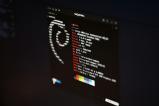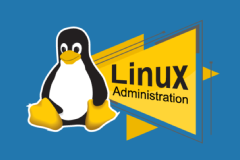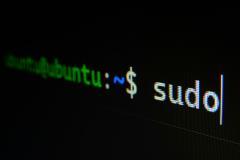Linux commands include ls, pwd, mkdir, cp, mv, rmdir, rm
Absolute path, relative path, user and group mangement
SSH based authentication
Basic Commands:
- Navigation:
cd: Change directorypwd: Print Working Directory (show your location)ls: List directory contents
- File Manipulation:
mkdir: Create directorytouch: Create empty filecp: Copy filesmv: Move or rename filesrm: Delete files (use with caution!)
- Viewing Files:
cat: Display file contentsless/more: View large files page-by-page
- Getting Information:
man: Get help on a specific commanduname: Show system informationwhoami: Show your logged-in username
Advanced Commands:
- Permissions:
chmod: Change file permissionschown: Change file ownership
- Text Processing:
grep: Search for text in filessort: Sort file contentscut: Extract specific parts of lines
- Networking:
ping: Check network connectivityssh: Securely connect to remote servers
- Process Management:
ps: Show running processeskill: Terminate processes
Shell Scripting:
Shell scripting allows you to automate tasks by combining commands into scripts. Here are some key aspects:
- Control Flow:
ifstatements: Make decisions based on conditionsforloops: Repeat commands a certain number of timeswhileloops: Repeat commands as long as a condition is true
- Variables:
- Store and manipulate data within the script
- Functions:
- Create reusable blocks of code
Learning these concepts will empower you to navigate the Linux file system, manage files effectively, automate tasks, and become a more powerful Linux user.








